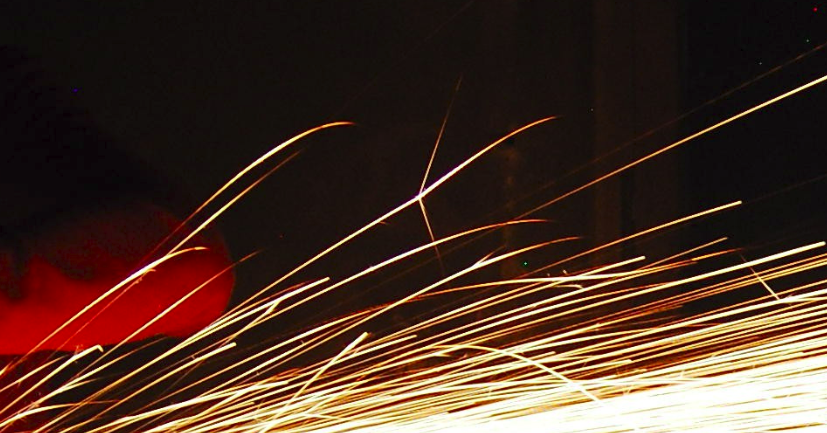vec3b has more than 3 elements?
I was using imread to load a 3-channel png image and accessing the bgr pixel values through:
image.at<vec3b>(x,y)[0]
image.at<vec3b>(x,y)[1]
image.at<vec3b>(x,y)[2]
However, I found that vec3b[n] (n>=3) also contain some values. Any ideas on what these values indicate? Shouldn't vec3b only contain three values representing bgr channels?


